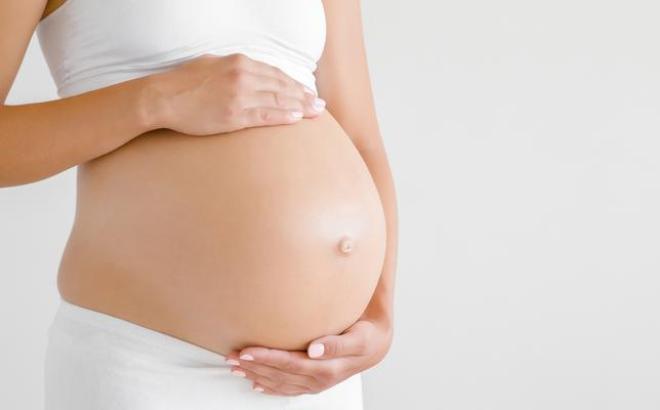Guidelines have the task of explicitly presenting the extensive knowledge (scientific evidence and practical experience) on specific care problems, evaluating it from a methodological and clinical point of view, clarifying opposing points of view and defining the current procedure of choice, weighing up the benefits and harms. S1 are recommendations for action by experts; consensus is reached in an informal procedure.
Source: Leitlinien.de - Das Programm für Nationale VersorgungsLeitlinien wird getragen von BÄK, KBV und AWMF. https://www.leitlinien.de/hintergrund/leitliniengrundlagen, retrieved on 28.08.2023
Fatigue + exhaustion + breathing difficulties + concentration problems = "Long Covid"? Updated recommendations for the management of Post Covid-19
In collaboration with the KL Division of General and Family Medicine and the two Clinical Divisions of the KL University Hospital in Tull "Psychiatry and Psychotherapeutic Medicine" and "Neurology", the new S1 guideline for the management of post-viral conditions was developed using the example of post-COVID-19. This updated and revised the previous recommendation on differential diagnosis and treatment strategy for Long Covid from 2021. In addition to providing information on the latest developments in drug therapy, the publication primarily serves as a reference work for practitioners and gives clear recommendations for action.
What is Post Covid-19?
Not only the positive detection of a Sars-CoV-2 infection triggered fear and uncertainty about the severity of the disease among those affected, but also the symptoms after surviving the infection, which have become known as Long Covid. Various terms such as long covid, post covid, post covid syndrome, post covid condition describe symptoms that occur as a result of and in association with Sars-CoV-2 infection and last longer than 4 weeks after infection. The most common symptoms include fatigue, exhaustion, weakness and reduced performance, loss of the sense of taste and smell, breathing difficulties, impaired concentration and memory, and cardiovascular problems. Symptoms are very heterogeneous, can occur after both mild and severe disease courses, and no clear underlying pathomechanism has yet been identified. “Post Covid-19" or synonymous terms are therefore not to be understood as a diagnosis but describe a recurring phenomenon that must be diagnosed and treated individually. There is no such thing as "the" "disease" Post Covid-19 and "the" corresponding treatment.
Correct approach to diagnosis and treatment
"Not only Sars-CoV-2 infections can cause long-lasting symptoms. In medicine, we are also familiar with similar post-viral conditions after other viral infections," explains Dr Susanne Rabady, Head of the Division of General and Family Medicine and first author of the guideline. "Therefore, the treatment of these post-Covid-19 symptoms is similar to the treatment of similar complaints after other viral infections. During the diagnostic process, it must be ascertained whether organic damage underlies the symptoms and whether a pre-existing underlying disease has an influence," she says. If other causes of the disease have been ruled out after the step-by-step diagnostic procedure, the therapy is symptom-oriented and mainly non-drug-based. Doctors will find concrete and well-founded guidelines for differential diagnosis as well as for therapy in the revised S1 guideline.
Off-label applications
Finding the cause of the complaints is a challenge, as is determining the frequency of "Post Covid-19". According to the authors of the guideline, many studies have been published, but they are difficult to compare and summarise because of the many different definitions, inclusion criteria and subject groups. One promising approach is to demonstrate reduced stress hormone axis activity in patients with Post Covid-19 symptoms compared to those unaffected. Decreased cortisol levels could explain fatigue, uncontrolled inflammatory responses, and cardiovascular problems. Studies on this hypothesis and corresponding therapeutic approaches are ongoing. At this stage, however, it is too early to draw any well-founded conclusions.
Better classification leads to better knowledge
In addition to procedural recommendations for individual complaints, the authors focus on an optimised process in patient care and provide doctors with a decision-making aid as to when a patient should be referred to a specialist or to rehabilitation. For the future, Dr Susanne Rabady and the other experts hope for a better differentiation of the examinations. The goal is to distinguish complaints according to organic damage, functional disorders and post-viral symptoms, which are also known from other infectious diseases.
Original paper




